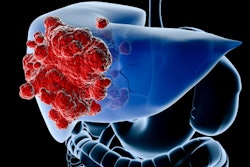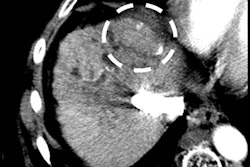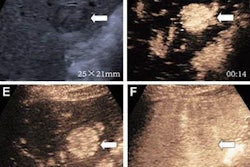Patient adherence to ultrasound hepatocellular carcinoma (HCC) surveillance imaging recommendations has been suboptimal, according to research published January 12 in Radiology: Imaging Cancer.
Ultrasound is considered a cost-effective surveillance method in the management of HCC, a common type of liver cancer associated with long-term liver damage and scarring of the liver and chronic infections such as hepatitis B and hepatitis C, a research team from the University of California, San Francisco (UCSF) noted. But whether patients comply with surveillance recommendations prompted by the ultrasound LI-RADS metric isn't clear, wrote a team led by Hailey Choi, MD.
Choi and colleagues conducted a study that included data from 936 patients who underwent ultrasound LI-RADS-based surveillance exams between June 2020, and February 2021, focusing on patient-level factors such as sex, race, smoking status, current or past substance use disorder, hepatology clinic attendance, and recent prior ultrasound exam.
The study found the overall adherence rate to ultrasound LI-RADS recommendations to be 38.8%. Access to hepatology specialty care was associated with higher adherence, while certain patient characteristics (younger age, female sex, and not having undergone an ultrasound examination in the past year) and health risk behaviors (smoking history) were associated with lower adherence.
The team noted potential barriers such as a lack of communication, lack of symptoms, lack of transportation, and financial cost of follow-up examinations, factors disproportionally experienced by socioeconomically disadvantaged populations.
"Considering that smoking is associated with HCC risk, targeted interventions that include behavioral modifications along with promotion of HCC surveillance may be needed to reduce HCC risk and allow early HCC detection in this population," Choi and colleagues wrote. In addition, they urged that "multipronged, multifaceted interventions focusing on all patient-, provider-, and system-level factors are likely needed to enhance HCC surveillance in the [ultrasound] LI-RADS reporting era."
Read the full report here.



















